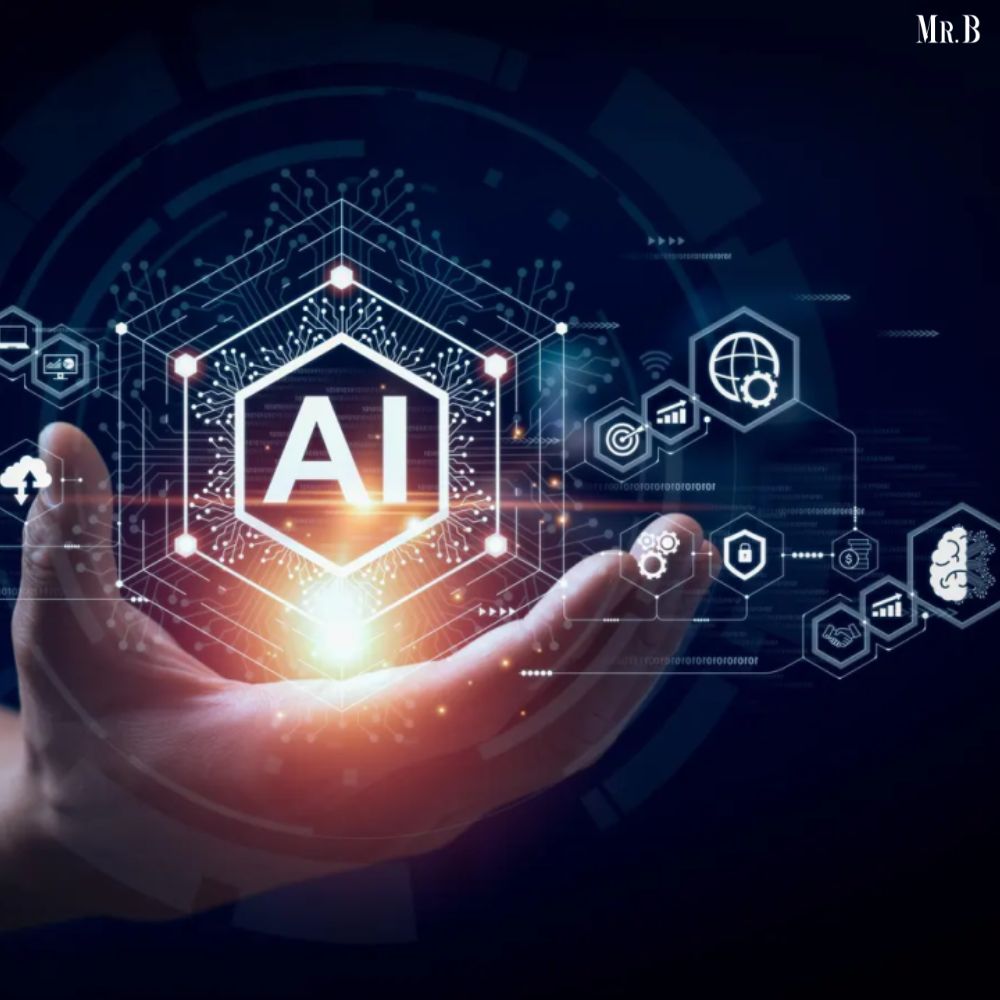AI Revolution: Navigating Opportunities and Challenges
- Category: News

“There’s no doubt we’re in an AI arms race,” says Jon Collins, a seasoned veteran in the IT industry. With 35 years of experience, including roles as a software programmer, systems manager, and chief technology officer, Collins now serves as an industry analyst for the research firm Gigaom. He asserts that the current surge in AI Revolution: development was ignited by the launch of ChatGPT at the end of 2022. This revolutionary generative AI system has since spawned a myriad of similar technologies, widely used by millions to create text, artwork, and video content.
For business leaders, the advent of generative AI Revolution: represents both a tremendous opportunity and a daunting challenge. These powerful tools can process vast amounts of data in minutes, accomplishing tasks that would take humans several lifetimes. “Fear and greed is driving it,” Collins explains. “And that creates an avalanche of momentum.” The potential to either outpace competitors with groundbreaking innovations or drastically reduce costs through automation is pushing companies to invest heavily in AI technology.
However, the path to harnessing AI Revolution full potential is fraught with significant hurdles. Developing a customized AI system requires a sophisticated blend of expertise and infrastructure, particularly in fields like pharmaceuticals, where AI Revolution is being tailored to discover new compounds for treating diseases. This customization is not only technically challenging but also prohibitively expensive.
The Human Capital Crisis due to AI Revolution
“You need data scientists, and you need model engineers,” Collins emphasizes. These professionals must possess a deep understanding of the specific domain the AI will operate in, such as pharmaceuticals. Additionally, “you need the infrastructure engineers that can build your AI platforms.” Finding and retaining such highly skilled workers is a monumental task. According to Andrew Rogoyski, director of innovation at the Surrey Institute for People-Centred AI Revolution at the University of Surrey, the scarcity of talent is a critical bottleneck.
“There are just not enough people who understand how to make these systems, how to make them really perform, and how to solve some of the challenges going forward,” Rogoyski notes. The demand for these experts has driven salaries to “ludicrous” levels, underscoring their importance in the AI arms race. “We could produce hundreds of AI PhDs if we had the capacity because people would give them jobs,” he adds. This skills shortage is a significant barrier for companies eager to leverage AI technologies.
The Infrastructure Investment
Beyond the talent crisis, the physical infrastructure needed to support large-scale AI initiatives presents another formidable challenge. The type of computer systems required for complex tasks like cancer drug research typically necessitate between two and three thousand of the latest computer chips. The financial outlay for such hardware alone can exceed $60 million (£48 million), and this is before factoring in additional costs for data storage and networking.
Part of the dilemma for businesses is the rapid emergence of this advanced AI technology. Unlike the gradual buildup seen with the internet, the development and implementation of generative AI have happened at a much faster pace. This abrupt arrival has left many companies scrambling to adapt and invest in the necessary infrastructure and talent. The urgency of staying competitive in this new technological landscape has heightened the stakes, making the AI arms race an expensive and high-pressure endeavor for businesses across various industries.
In conclusion, the AI arms race, spurred by the breakthrough of generative AI systems like ChatGPT, has set off a whirlwind of activity and investment in the business world. The combination of immense potential, a shortage of skilled professionals, and the high costs of necessary infrastructure has created a highly competitive and challenging environment. As companies strive to stay ahead, the pressure to innovate and invest in AI continues to mount, driving an unprecedented technological revolution.
Curious to learn more? Explore this News on: Mr. Business Magazine







